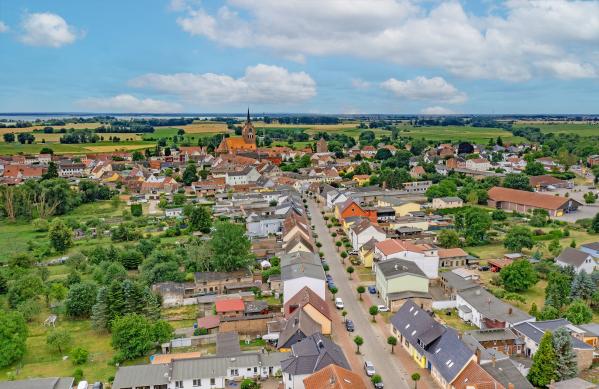Germany: Geography and Climate

Germany is situated at the heart of Europe. In the north it has access to the Baltic Sea and the North Sea. In the south it borders the Alps. It shares a border with nine other countries:
- Belgium
- Denmark
- France
- Luxembourg
- Netherlands
- Austria
- Poland
- Switzerland
- Czech Republic
No other European country has more neighbours.
Germany in numbers
The highest elevation is the Zugspitze mountain in Bavaria Bavaria The “beer state” of Bavaria also produces fine wine in the Franconia region. The Oktoberfest, Neuschwanstein Castle and the magnificent Alpine scenery attract more foreign tourists than does any other federal state. Yet the slogan “Laptop and Lederhose” demonstrates that there is more to Bavaria… Read more › , at 2,962m above sea level.
The lowest point in the country stands 3.54m above sea level in Neuendorf-Sachsenbande in the state of Schleswig Holstein.
Covering 357,588 square kilometres, Germany is the fourth-largest country in the European Union European Union In 1957, Germany was one of the six founding members of today’s EU, along with France, Italy, Belgium, the Netherlands and Luxembourg. The EU is currently made up of 27 states; the euro is the official currency in 20 of them. For Germany, European integration forms the basis for peace, security and… Read more › , after France, Spain and Sweden. Just under a third of the total land area is covered with forest. Lakes, rivers and other watercourses make up over 2% of its area.
The Rhine is the longest river. In the south-west of the country, it forms the border between Germany and France. Further to the north, Bonn, Cologne and Düsseldorf stand on its banks. Germany’s second-longest river, the Elbe, connects Dresden, Magdeburg and Hamburg Hamburg In the city and state of Hamburg it is the port that is the power-house of the economy, though with Airbus, Otto Versand and Beiersdorf also located here, this is not immediately apparent. The tanker terminals, mean that almost all the major oil-refining companies are represented in the port. For… Read more › before flowing into the North Sea.
What climate does Germany have?
Germany has a temperate climate. In recent years, climate change has resulted in significant shifts, the consequences including heatwaves, storms and heavy rain. With an average temperature of 10.9 degrees Celsius, 2024 was the warmest year since records began in 1881. The lowest monthly average temperature in 2024 was 1.5 degrees, recorded in January, while the warmest month was August, with an average temperature of 19.9 degrees. 36.5 degrees was the highest temperature recorded in the summer of 2024, though other years have even seen temperatures exceed 40 degrees in Germany.


